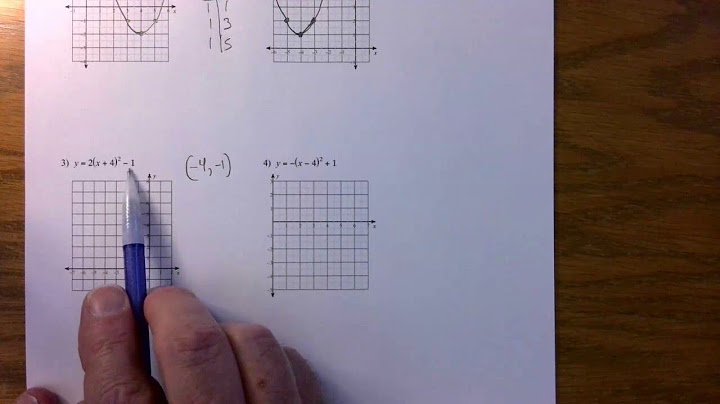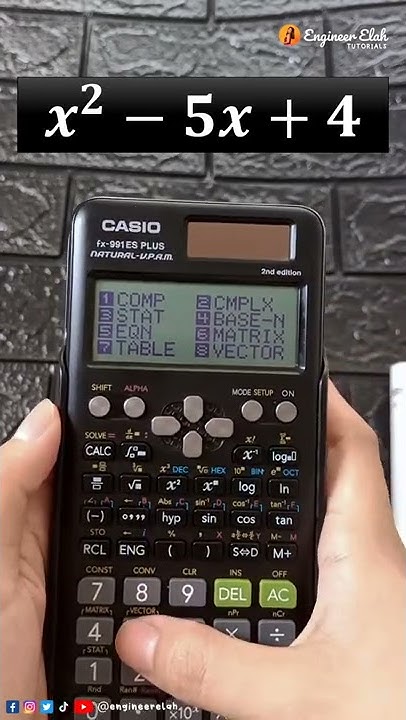When two variables change in inverse proportion it is called as indirect variation. In indirect variation one variable is constant times inverse of other. If one variable increases other will decrease, if one decrease other will also increase. This means that the variables change in a same ratio but inversely. Show General equation for an inverse variation is Y = K\(\frac{1}{x}\). Or XY = K which is constant. So the product of two variables is a constant for inverse variation. A variable quantity A is said to vary inversely as another variable quantity B, when A varies as the reciprocal of B i.e., when A varies as \(\frac{1}{B}\) Thus, if A varies inversely as B, we write A ∝ \(\frac{1}{B}\) or, A = m ∙ \(\frac{1}{B}\) or, AB = m where’m (≠ 0) is the constant of variation. Hence, if one variable varies inversely as another, then the product of the corresponding values of the variables is constant. Conversely, if AB = k where A and B are variables and k is a constant, then A ∝ \(\frac{1}{B}\). Hence, if the product of the corresponding values of two variables is constant, then one quantity varies inversely as another. Again, if A varies inversely as & then AB = constant ; but AB = constant implies that when A increases in a given ratio, B decreases in the same ratio and vice -- versa. Thus, if two variables are so related that an increase (or decrease ) in the value of one variable in a certain ratio corresponds to a decrease (or increase) in the same ratio in the value of the other variable then one variable varies inversely as another. The relationship between variables is just the opposite of direct variation. When a car runs faster it takes less time to cover a distance. If speed of a car increase, it takes less time to cover a distance and vice versa. Here the distance is constant. It can be expressed as a inverse variation equation. T = \(\frac{S}{V}\) where T is time, S is the distance and V is the speed of the car. Here S is the constant; T and V are variables which vary inversely.
Now we will solve some problems on direct variation: 1. If P varies indirectly as Q and the value of P is 4 and Q is 3, what is the equation that describes this indirect variation of P and Q? Solution: As P varies indirectly with Q, product of P and Q is constant for any value of P and Q. So constant K = PQ = 4 × 3 = 12 So the equation that describes the direct variation of P and Q is P = \(\frac{12}{Q}\). 2. If a car runs at a speed of 40 kmph and takes 3 hrs to run a distance, what time it will take to run at a speed of 60 km? Solution: If T is the time taken to cover the distance and S is the distance and V is the speed of the car, the indirect variation equation is S = VT where S is constant and V and T are variables. For the case given in the problem the distance that car covers is S = VT = 40 × 3 = 120 km. So at a speed of the car is 60 kmph and it will take S = VT or 120 = 60 × T T = 2 hrs. 3. In X is in indirect variation with square of Y and when X is 4, Y is 3. What is the value of X when Y is 6? Solution:` From the given problem indirect variation equation can be expressed as X = \(\frac{K}{Y^{2}}\) or K= XY2 For the given case K = 4 x 32 =36. So when Y is 6, XY2 =36 or, X = \(\frac{36}{Y^{2}}\) = \(\frac{36}{6^{2}}\) = \(\frac{36}{36}\) = 1 So the value of X is 1. 4. If A takes 5 days to complete a task when he works for 8 hrs a day, how many days he will take to complete the task if he works 5 hrs a day? Solution: If D is number of days, H is hrs of work in a day for A and T is the total time A takes to complete the task, from the given condition inverse variation equation is D = \(\frac{T}{H}\) or, T = HD, where T is constant. T = 8 × 5=40. So to complete the task A takes 40 hrs. If he works 5 hrs a day D = \(\frac{T}{H}\) = \(\frac{40}{5}\) = 8. So A will take 8 days. ● Variation
Didn't find what you were looking for? Or want to know more information about Math Only Math. Use this Google Search to find what you need. What is the formula for direct and inverse variation?For direct variation, use the equation y = kx, where k is the constant of proportionality. For inverse variation, use the equation y = k/x, again, with k as the constant of proportionality.
What's an inverse variation?Definition of inverse variation
1 : mathematical relationship between two variables which can be expressed by an equation in which the product of two variables is equal to a constant.
What is the formula of equation of variation?The formula y=kxn y = k x n is used for direct variation. The value k is a nonzero constant greater than zero and is called the constant of variation.
Which of the following equation is an example of inverse variation?Therefore, the equation which is an example of inverse variation is y = 3/x.
|

Related Posts
Advertising
LATEST NEWS
Advertising
Populer
Advertising
About

Copyright © 2024 berikutyang Inc.


















